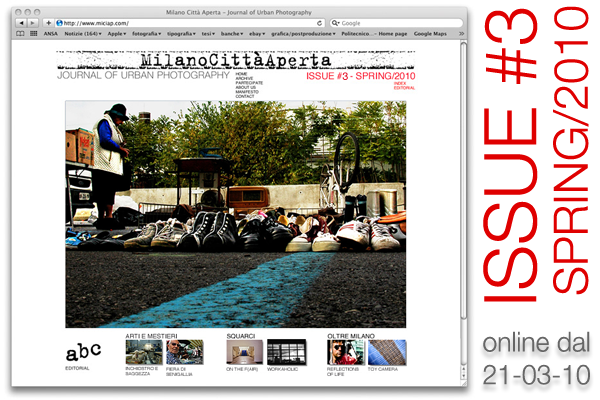Fiera di Senigallia
Discovering the “Fiera di Senigallia”, or “Sinigaglia” according to some, and venturing into the dynamics of this place was a charming challenge. If you observe, you linger and look carefully, you can penetrate the visible and perceive that maybe it is not (or it was not) simply a place of sales and resales.
Getting in touch with the people that populate it, interacting with them between a picture and another, allowed me to understand the problems that currently affect this “manifestation”. All along an institution in Milan, several years ago the Fiera was forced by the local council to move from its historical site in Darsena (due to the opening of a construction site – now blocked – for a new giant parking lot), to the present site beside Porta Genova train station. This shift, as many others during the past decades, contributed to distort the soul of the fair, which has now become a small street market not as well-known as in the past and sometimes rather degraded.
Talking to some of the fair’s protagonists, the feeling of abandon and the lack of territorial guarantees gives an idea of the transformations that our city is undergoing under the pressure of numerous building speculations. Such operations have almost destroyed all those small commercial and artistic realities in the “navigli” area in particular and, on the whole, in our city. It does not matter if the Fiera di Senigallia was once famous even abroad, quoted in many guides as a characteristic place to visit.
However, the fair managed to adapt by welcoming, on both sides of its stalls, people of various ethnic groups that have found a good balance in sharing the new spaces. Many fairgoers maybe won’t recognize the romantic situation of the past, but will find that ability of the fair to be the mirror of a society that is changing without renouncing its traditions.
In the glance cast by some, I read their insecurities about the future of this reality and the will to keep on being part of a tradition that brings us, as in a time machine, in a continual journey between present and past.


